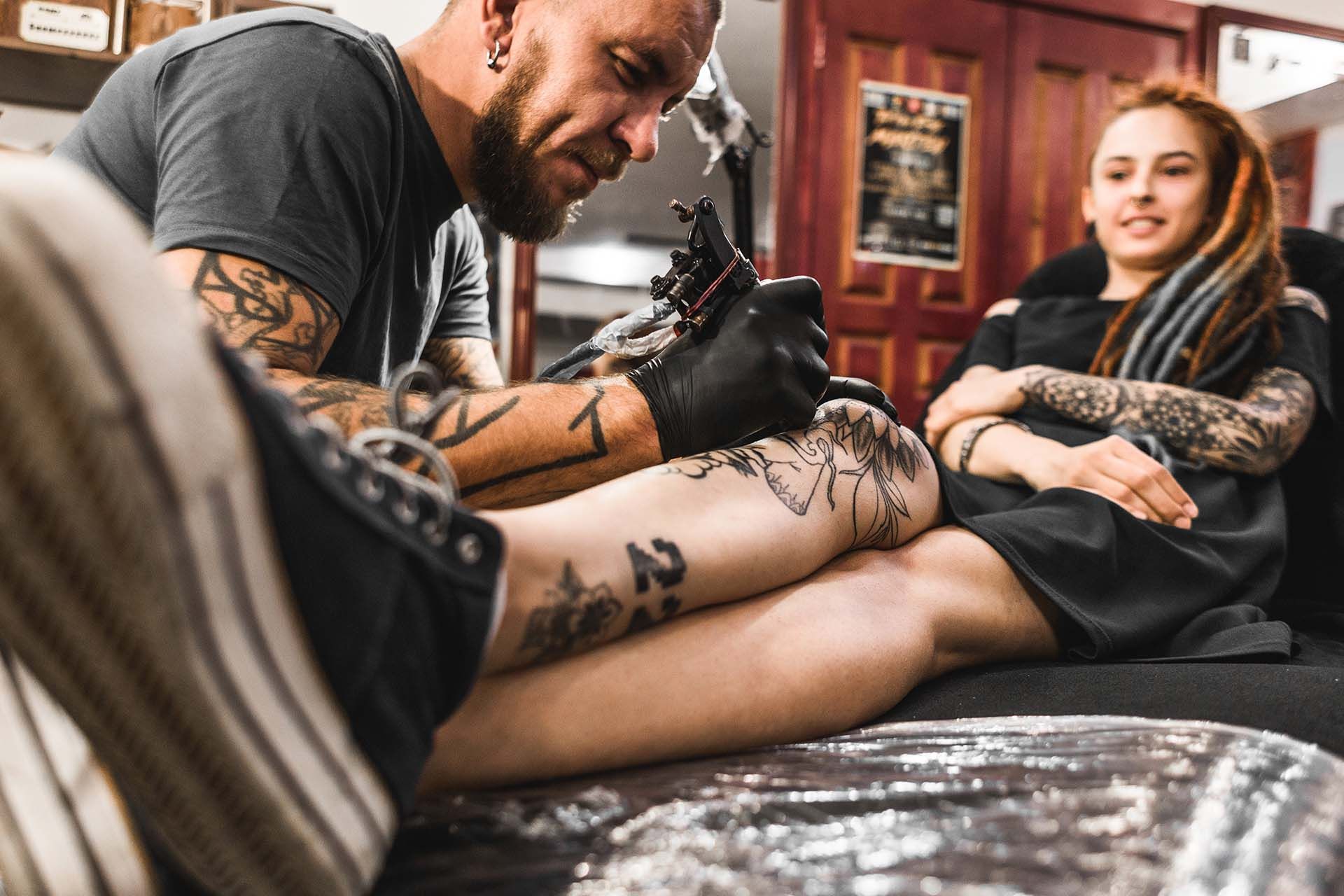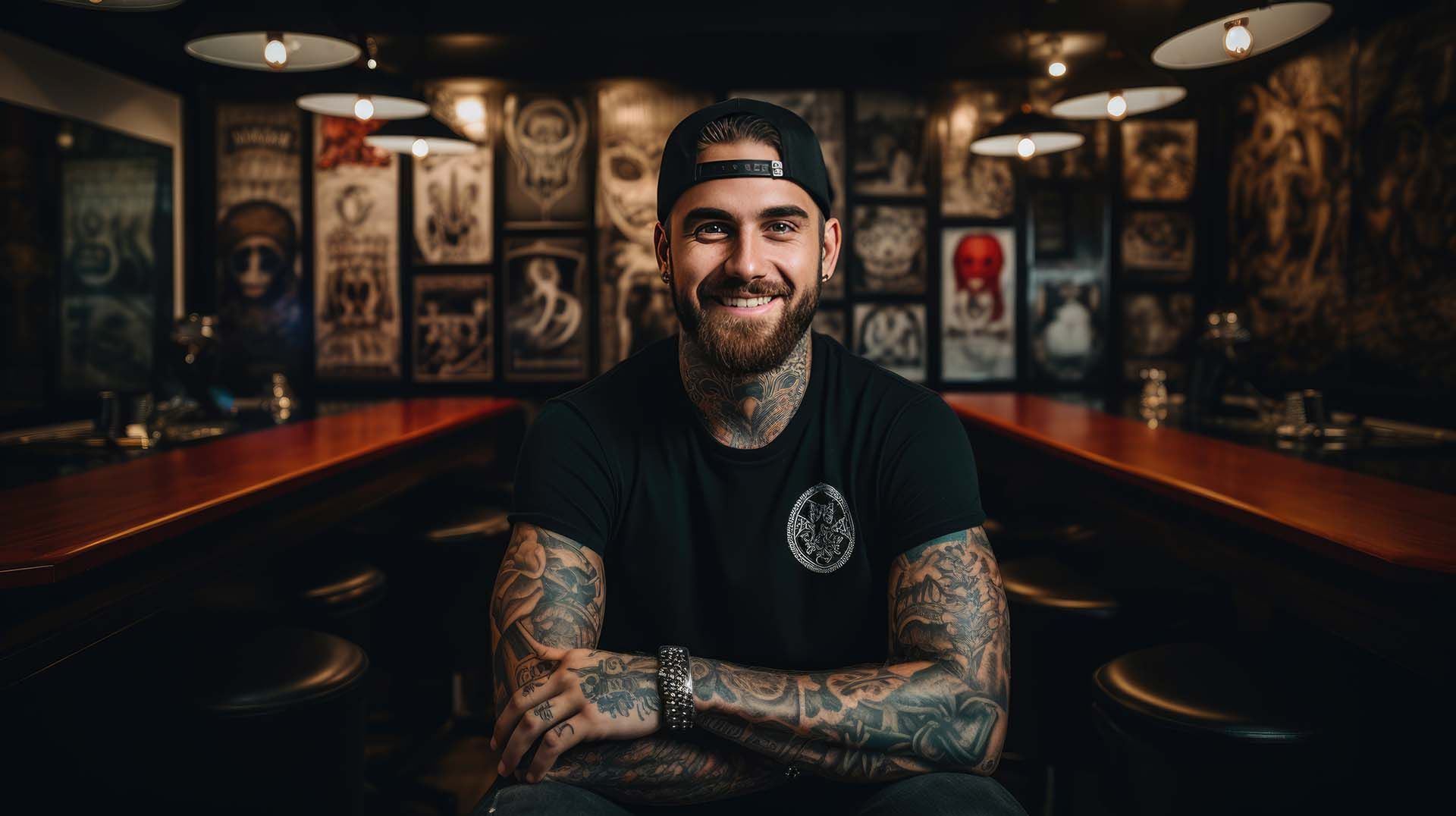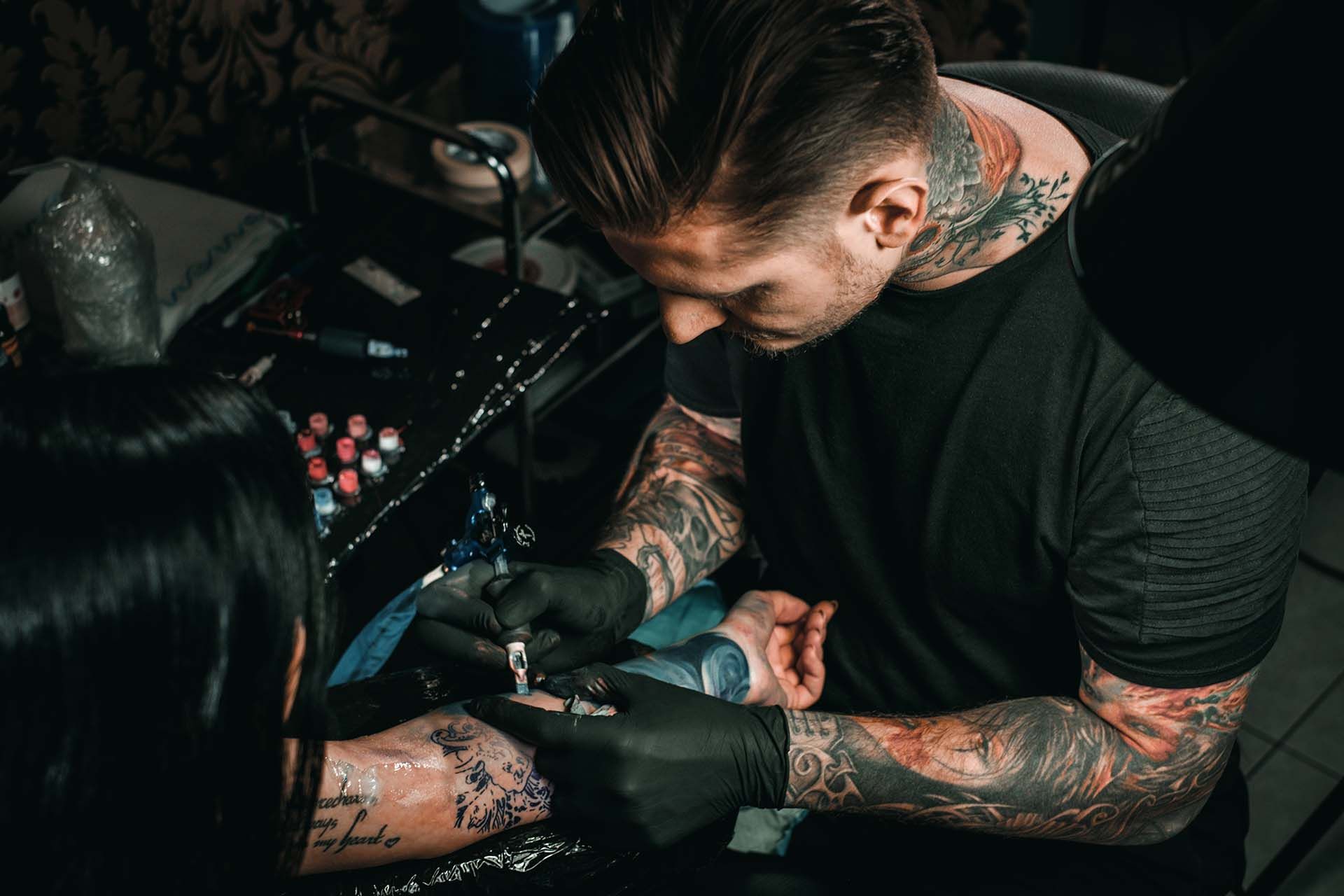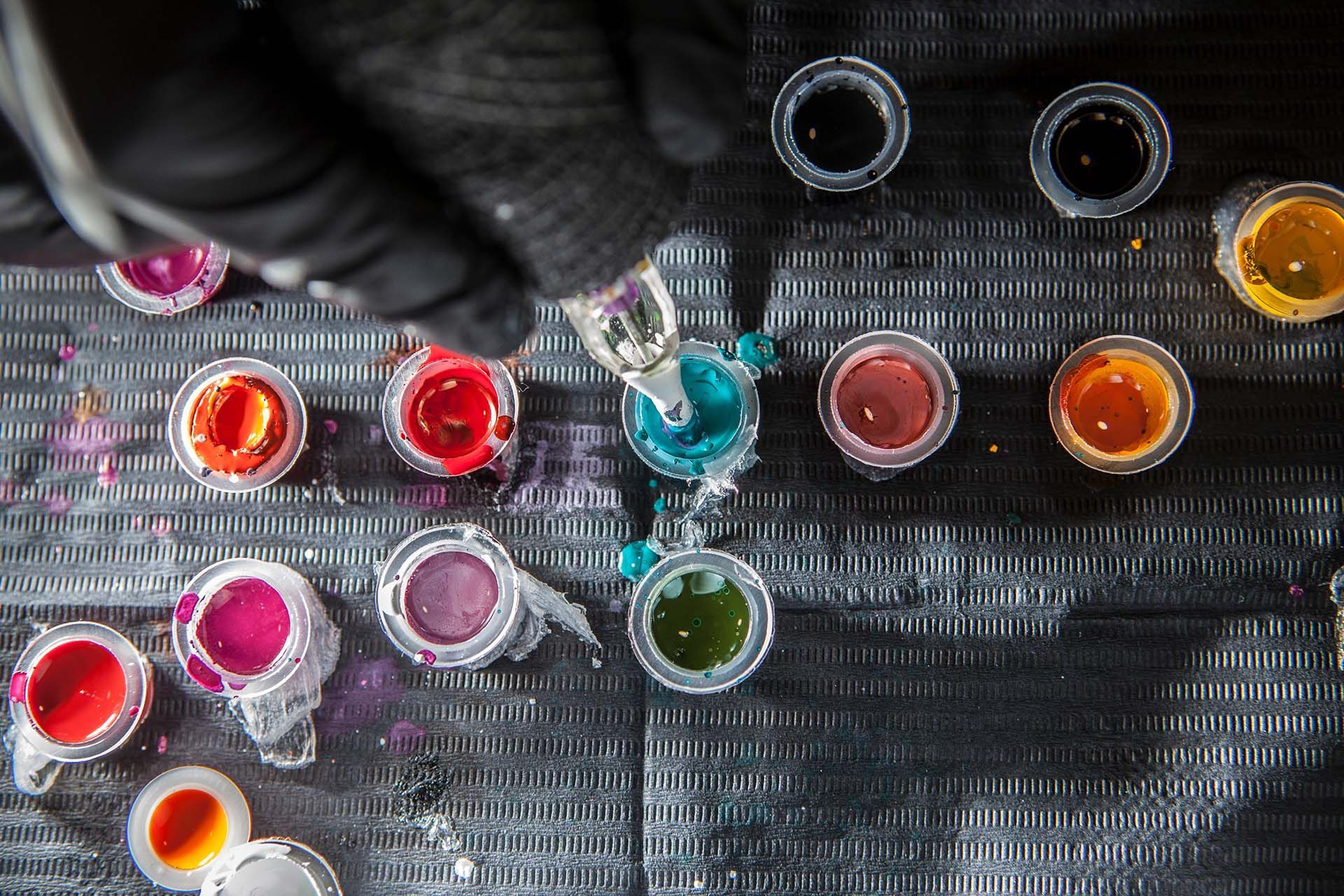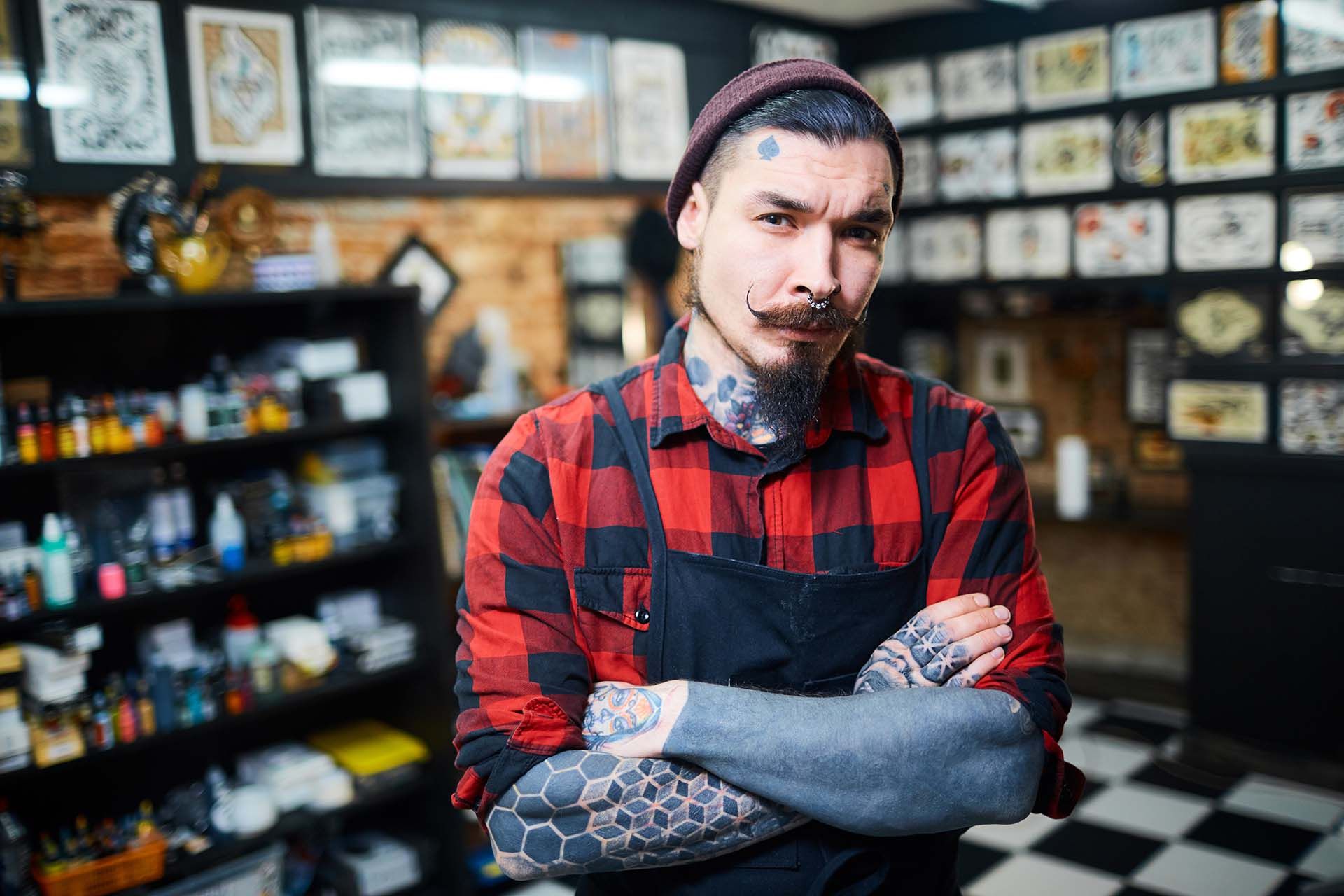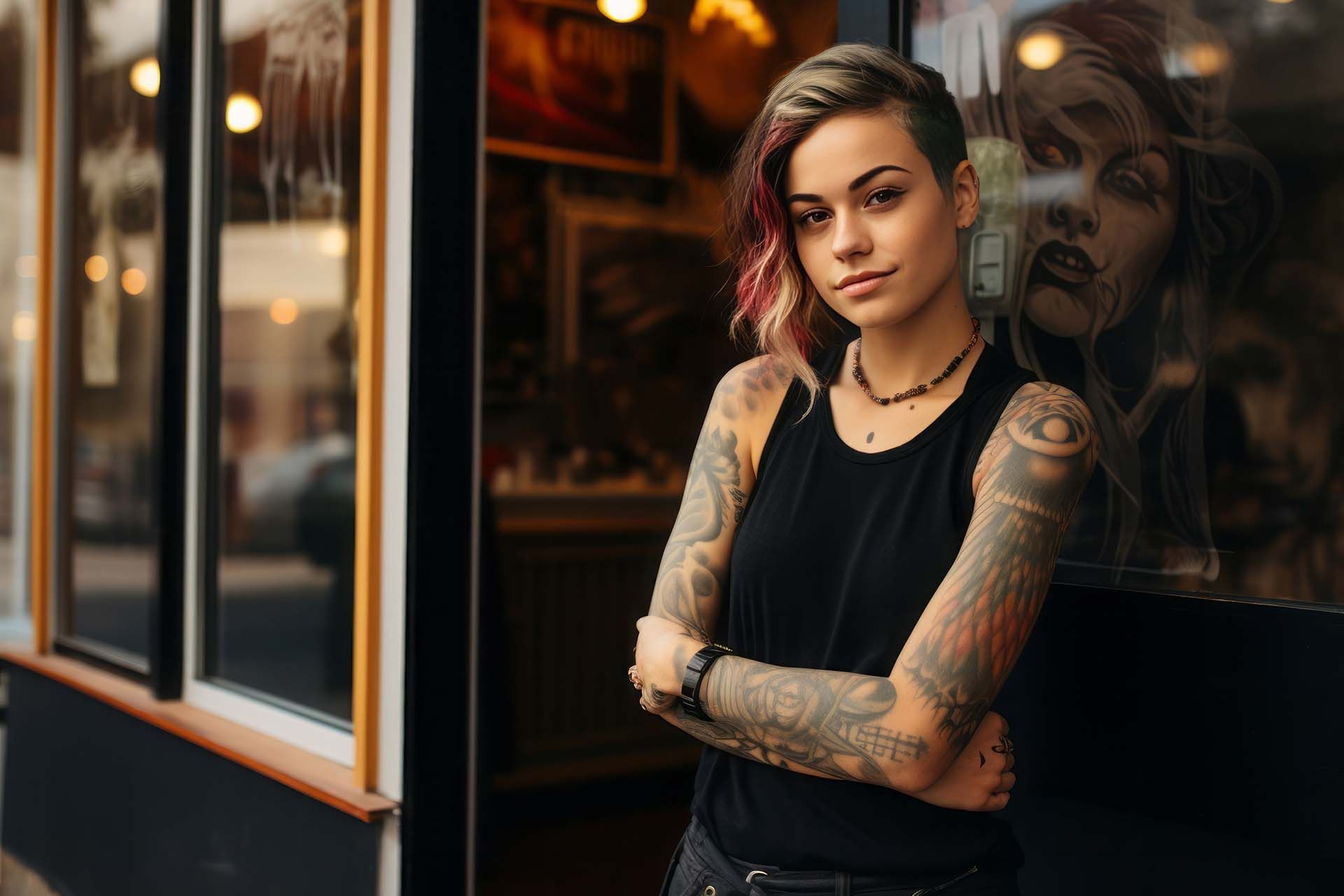The Ultimate Tattoo Placement Guide
Understanding tattoo placement is essential because it's about choosing where on the body a tattoo will go. Yet, this decision is more than just picking a spot; it's about ensuring the tattoo looks like it's meant to be there. In fact, the correct placement can enhance a tattoo's design, while a poorly chosen spot can detract from even the most stunning artwork. In this guide, we'll explore these choices together. By the end, you'll be equipped to select tattoo placements that not only suit your style but also complement the body's natural contours, ensuring your tattoos always look great.
Tattoo Placement and Design Size: Finding the Right Fit
When deciding where to place a tattoo, it's smart to think about the size of the design. Just like you wouldn't put an oversized sofa in a tiny living room, you don't want to cram a large tattoo onto a small part of the body. And on the other hand, a tiny tattoo on a large area might not make the impact you're hoping for. Here's a quick rundown of the best spots for different-sized tattoos:
Small Tattoos
Small tattoos are ideal for compact, simple designs or basic shapes. These work best in areas where the skin surface is limited. Ideal locations for small tattoos include:
- Above the elbow
- Ankle
- Back of the palm
- Behind the ear
- Fingers
- Knee
- Top of the foot
- Wrist
Medium Tattoos
Medium-sized tattoos offer more flexibility. They're perfect for designs that are a bit more intricate, including flash tattoos, script, or artwork that fits nicely on a long, narrow space. Great places for medium tattoos include:
- Calves
- Forearm
- Inner thigh
- Neck
- Shins
- Shoulder
- Shoulder blade
- Sternum
- Upper arm
Large Tattoos
Large tattoos allow for detailed designs with multiple elements, providing a broad canvas. These tattoos can effectively cover:
- Chest
- Hip
- Lower back
- Ribs
- Stomach
- Upper back
- Upper thigh
Extra-Large Tattoos
Extra-large tattoos can cover multiple body parts, providing a large canvas for complex and detailed designs. These large areas include:
- Chest and stomach
- Full arm sleeve
- Full back, buttocks, and back of thighs (especially for traditional Japanese body suits)
- Full leg sleeve
- Upper and lower back
Tattoo Placement: Women vs. Men
When it comes to tattoo placement, the line between masculine and feminine can be influenced by the tattoo's design and placement. While design is a primary factor in determining the overall feel of a tattoo, certain placements have gained popularity among men and women for different reasons. Let's take a closer look:
Best Tattoo Placements for Women
- Large Tattoos: Many women choose placements that highlight their curves. For instance, a popular choice is a design that begins on the upper or outer thigh and elegantly wraps around the hip.
- Small Tattoos: Women often choose discreet locations that mimic the effect of jewelry. For example, a wrist tattoo can resemble a bracelet, a sternum or collarbone tattoo can mirror a necklace, an ankle tattoo can give the impression of an anklet, and a finger tattoo can mimic a ring.
Best Tattoo Placements for Men
Men generally are a bit more predictable than women in tattoo placement. Why? Because men typically gravitate towards larger designs, requiring plenty of space. Popular spots include half-sleeve, full-sleeve, neck, calf, chest, or back tattoos, offering enough area for elaborate artwork.
Tattoo Placement Ideas by Body Part
As you can see, selecting the right body part for tattoo placement is crucial because different areas offer unique advantages and considerations. Let's break down some popular choices:
- Ankle: Popular for flowers, quotes, and small images. These tattoos are often subtle and can resemble stylish accessories.
- Back: The back offers an expansive canvas, suitable for large and intricate designs. It's a versatile area, accommodating everything from symmetrical pieces to sprawling landscapes or detailed portraits.
- Chest: A sensitive area due to nerve endings, especially around the nipple. Despite potential discomfort, it's excellent for large tattoos. Women often favor floral designs, while men might choose motifs that align with the pectoral muscles.
- Ear: Tattoos here can be on the lobe, behind the ear, or on the cartilage. They're usually small and delicate, popular among women for their subtle elegance.
- Fingers: Best for very small designs. Keep in mind, though, that tattoos here may fade quicker because of frequent hand use.
- Foot: Foot tattoos are great for small to medium designs. However, the area can be more sensitive and might have a higher pain threshold. Popular choices include floral patterns, symbols, or short phrases.
- Forearms: Favored for sizable script or floral tattoos. It's also considered less painful, making it an ideal location for a first tattoo.
- Inner Thigh: It's a more sensitive area with a higher pain factor due to numerous nerve endings. Still, it's a great location for the right design, be it small or large.
- Neck: Options range from bold to discreet. A small design at the nape can be hidden by hair, while frontal neck tattoos make a statement. But beware! Neck tattoos might involve stretching skin near the Adam's apple, which can be uncomfortable for some.
- Shoulder Blade: It's versatile, fitting both small and large designs. Large tattoos that spread across the shoulder, like lettering or angel wings, are especially popular.
- Upper Arms: A prime spot for larger pieces like tribal or Japanese designs. The skin is less delicate here, making it a good choice for various styles.
- Upper Thigh: Ideal for designs that curve around the hip. Floral motifs, snakes, or any long and slender designs are common choices.
Do Tattoo Placements Ever Have Meanings?
The short answer is no, not really. The meaning of a tattoo is a personal thing and often has more to do with the individual's story than where the tattoo is placed. For example, someone might choose to place a significant tattoo over their heart or a quote about direction on their foot to symbolize their life's path.
However, it's worth noting that society often has its own take. And with this, tattoos in highly visible places like the face, neck, or hands might prompt people to form immediate opinions or assumptions. So, it's something to consider when deciding on tattoo placement.
Are There Tools for Helping With Tattoo Placement?
Yes! There are some helpful tools available if you are having trouble deciding where to place a tattoo. Here are a few of our favorites:
- InkHunter: This app is a game-changer. Using augmented reality, it lets you preview how a tattoo might look on the body. Simply upload the design you have in mind, and the app will show how it looks on various body parts.
- Inkpedia: This is basically an extensive
online catalog of tattoos. It's great for browsing different designs and seeing what they look like on various body parts. And at the very least, it can be a great source of inspiration.
Tattoo Placement Guide for Artists: Helping Clients Choose the Right Spot
As a tattoo artist, it's crucial for you to guide your clients through the process of selecting the right tattoo placement. Because ultimately, the location of the tattoo can significantly affect the design, longevity, and overall satisfaction with the artwork. Before you get started with consultations, here's what you need to know to help your clients make informed decisions about where to place their tattoo.
Visibility
When a client desires a tattoo that's easily hidden, it's essential to consider the impact on placement. Tattoos on the torso, upper thighs, and upper arms offer a degree of concealment, making them ideal for those seeking discretion. In contrast, tattoos on the forearms are more visible and harder to hide.
What to Know About Hard-to-Hide Tattoos or "Job Stoppers"
The stigma around tattoos is evolving, but tattoos on the hands, face, and neck, often labeled as "job stoppers," still carry significant implications. These placements can lead to increased scrutiny at customs, encounters with law enforcement, and restrictions at certain venues.
Moreover, they can limit career prospects, particularly in corporate settings where visible tattoos may not be welcomed. For clients who are not heavily tattooed or are younger, it's advisable to think twice before opting for a tattoo in these obvious areas.
Size and Detail
The tattoo's size and intricacy should complement its placement. In this, large, detailed designs are not suitable for small areas like the wrist, as they can lead to blurring over time. Alternatively, a collection of small tattoos on a large area can disrupt the overall aesthetic. If a client's desired tattoo doesn't suit the intended area, guiding them toward a more suitable placement is crucial.
Aftercare
The tattoo's outcome heavily depends on the aftercare process. Proper care ensures the longevity and appearance of the tattoo. Therefore, it's vital to educate clients on how to maintain their new ink.
Pain Tolerance
Pain tolerance plays a significant role in tattoo placement, especially for first-timers. Suggesting less painful areas, like the thigh or outer bicep, may be wise for beginners. The size of the tattoo and the individual's pain threshold should also be considered. For those with lower pain tolerance, discussing the use of numbing creams can be beneficial.
Future Plans
Bodily changes over time can affect a tattoo's appearance. If a client anticipates significant changes like weight loss, pregnancy, or muscle gain, it's important to consider how these changes might impact the tattoo. For this reason, advising against tattoos in areas prone to stretching or distortion during such transitions is highly recommended.
Tattoo Goals
For clients planning extensive body art in the future, such as full sleeves, strategic placement of current tattoos is vital. This foresight ensures that future tattoos can be seamlessly integrated or expanded upon without the need to cover up or work around existing tattoos.
A Tattoo Artist's Quick Guide Design and Placement
Ultimately, designing for tattoo placement is an art in itself. As you set out on your creative journey, remember it's not just about the ink; it's about how the design becomes one with the body. So, as we leave you with this info, here are some additional considerations for design and placement for tattoo artists:
- Embrace the Body's Contours: Your design should complement the body part it adorns. Whether it's a half sleeve or a forearm tattoo, ensure it fills the space without overcrowding or overlapping. Respect the body's natural shape.
- Flow with the Muscles: A tattoo should look like it belongs on the body. This can be achieved by designing it in harmony with the body's musculature. Tattoos that flow with the muscles give off a natural elegance.
- Follow the Body's Lines: For slender designs, like script tattoos, let them trace the body's lines. Placing them along the spine or down the inner bicep can create a sense of alignment with the body.
- Orientation Matters: Traditionally, tattoos should appear right side up when the person is standing naturally. This orientation maintains the design's integrity and visual appeal.
- Faces in Design: If your tattoo includes a face, position it to either face inward, towards the body's center, or forward, depending on its location. This directional choice adds to the tattoo's overall balance.
As a final note, always engage in open dialogue with your clients. If they suggest a placement that doesn't align with these principles, gently guide them in the right direction. This is easily done by explaining that the design's fit and flow are crucial for a tattoo they'll love for a lifetime.
At the end of the day, your expertise is not just in inking but in crafting a piece of art that complements their unique canvas – their body. So, remember, it's all about the right design in the right spot!
Frequently Asked Questions: Tattoo Placement Guide
Disclaimer: This publication and the information included in it are not intended to serve as a substitute for consultation with business consultants and professionals. Specific business, financial, legal issues, concerns and conditions always require the advice of appropriate professionals. Any opinions expressed are solely those of the participant and do not represent the views or opinions of this company.

